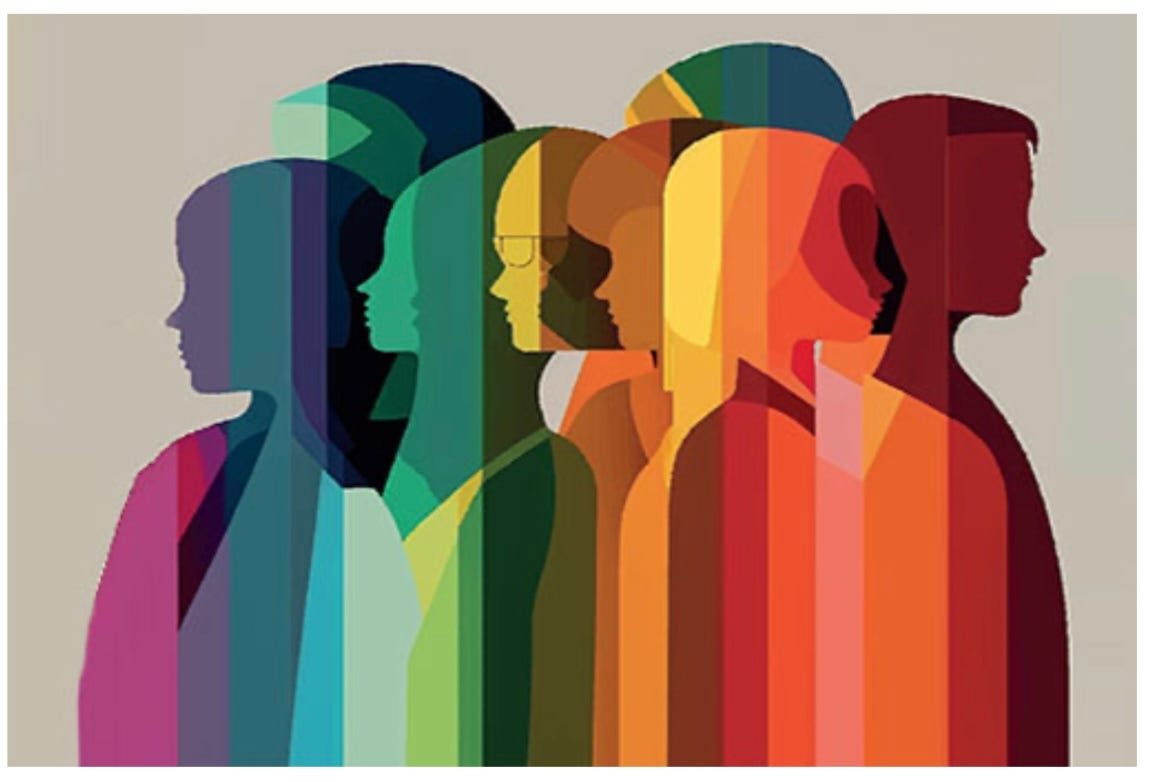Minoritarian moralism
The Workings of the Party-State, Part 1
This is the first in a 3-part series that I have been working on for six months or more. It is an attempt to make sense of our current regime: how it works, what scripts it relies on to assert its legitimacy, and what the prospects are for its continuance. This first installment establishes the basic logic of the “party-state” and the function of what I am calling its “recognition clients” – sacred cows, more or less. This was a significant effort, available only to my paying subscribers (after a few introductory paragraphs). I hope you find it useful.
– Matt Crawford
We are watching an ongoing transformation of our political regime, in which sovereignty (that is, the authority to decide) has gradually been relocated from its constitutionally prescribed setting, which granted a presumptive deference to the majority, to a set of mutually supporting technical and moral clerisies. These staff a state-like entity that expands its dominion on two fronts: the “woke” revolution and the colonization of ordinary life by technical expertise.
These appear unrelated, but share an underlying logic. Both displace and delegitimize vernacular practices, as well as the understandings that support them. On both fronts, the legitimacy of the ruling entity rests on an anthropology that posits a particular kind of self— -- a vulnerable one, which the governing entity then positions itself to protect. Both developments expand the reach of managerial authority, generate new bureaucratic constituencies, and disqualify common sense as a guide to reality. On both fronts, the entity expands through claims of special knowledge.
The net result is that, instead of a separation of powers, initiative and discretion are concentrated in what I will call the Humanitarian Party. It encompasses the diverse organs of a sprawling parastate that includes corporations, foundations, media, universities, and NGOs, and gathers these to a shared political vision. It identifies classes of people needing special protection (sexual and racial minorities, the immunocompromised, “climate refugees”), adopts them as clients, and conspicuously puts these before us in idealized form.
Thus presented, recognition clients serve as mascots for various programs of social control that are powered by an ideal of compassion. However compassionate, such programs transfer power to a new class of social managers and political rent-seekers. This subterranean class war is what distinguishes the new minoritarianism from the interest- group politics known to postwar liberal theory, which set out to explain how organized minorities were able to punch above their weight in democratic contests to secure their interests.[i] In the new dispensation, recognition clients do not act on their own behalf to secure their interests. Rather, they are used by others as emblems of a deep and miasmic tendency to “harm” that emanates from the majority. Whether it is a deliberate strategy or not, by the device of constant moral emergency that swirls around the vulnerable, Western political elites free themselves from the constraints imposed on them by their own majority populations.
Liberal practice has perhaps never conformed well to liberal theory. Like every regime, it tends toward oligarchy. The question is, on what basis is rule legitimated? In adopting a victimological basis for legitimacy, today’s elites have taken up a project that is unlikely to prove stable.



